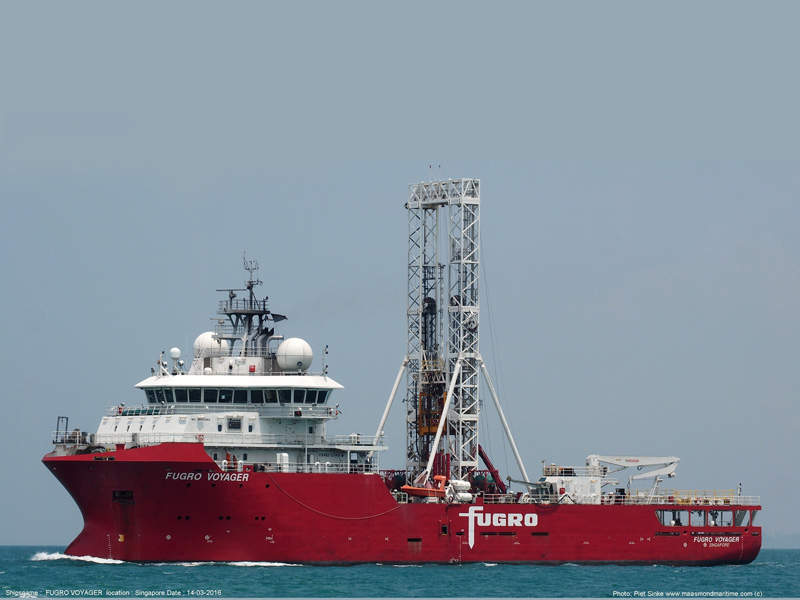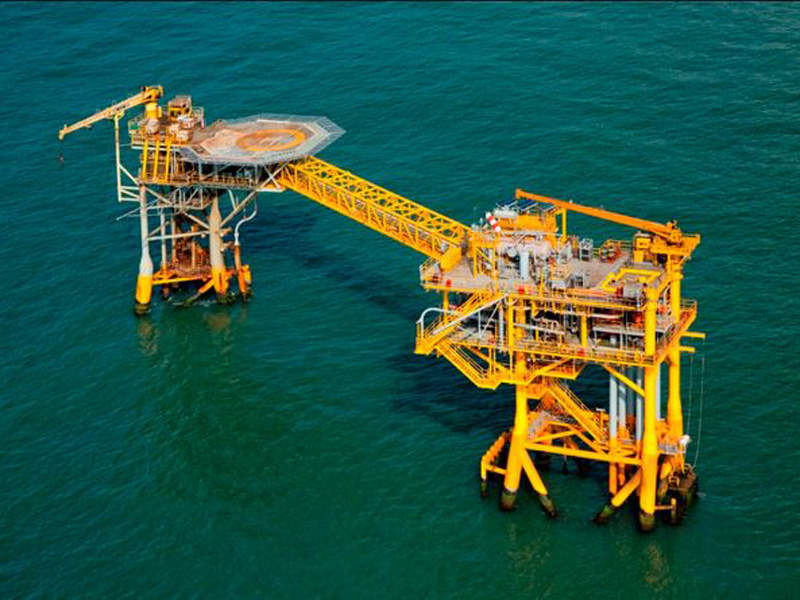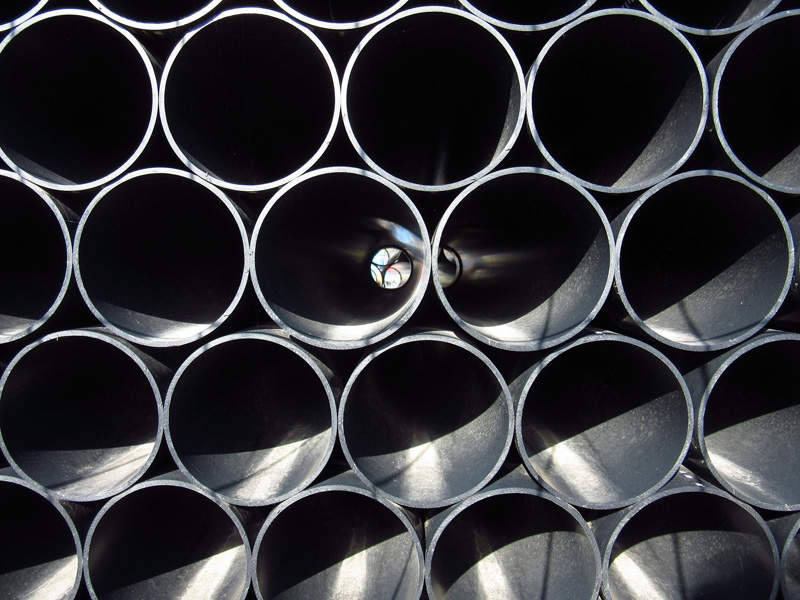The Cluster 2 fields lie in the deepwater KG-DWN-98/2 Block located off the shore of the Godavari Delta on the east coast of India in water depths ranging from 300m to 3,200m.
The block covers an area of 7294.6km² of the Krishna-Godavari basin. Oil and Natural Gas Corporation (ONGC) is the current block operator. Cairn Energy India operated the site until March 2005.
Cluster 2 consists of both oil and gas fields with oilfields grouped in Cluster 2A and gas fields in Cluster 2B.
The oilfields are identified as A2, P1, M3, M1 and G-2-2, while the gas fields are named R1, U3, U1, and A1. A total investment of Rs340.12bn ($5.07bn) will be required to develop the fields.
The drilling of the project’s first well #KDG-A began in April 2018. First gas is expected in June 2019 followed by oil production in March 2020.
The Cluster 2 development is scheduled to be completed by June 2020.
Geology of the Cluster 2 Fields KG-DWN-98/2 block
The stratigraphy of the KG-DWN-98/2 block consists of both slope depositional and deepwater depositional systems.
The Pliocene section is mainly formed of clay and contains certain deepwater channel and fan deposits.
Its basin is composed of Achaean and Proterozoic rocks, while its sediments range in age from lower-Permian to recent.
The western part of the basin is formed by Permo-Triassic, late Jurassic-Cretaceous and Tertiary rocks.
Oil and gas reserves
The oil deposits in Cluster 2A hold estimated in-place reserves of 94.26 million metric tonnes (mmt) of crude oil and 21.75 billion cubic metres (bcm) of associated gas, while Cluster 2B has in-place free gas reserves of 51.98bcm.
The total oil and gas production from the project will be approximately 23.52mmt and 50.706bcm respectively.
Cluster 2A’s fields will produce oil at a peak rate of 78,000 barrels of oil per day (bopd) and associated gas at a rate of three million metric standard cubic metres a day (mmscmd) with a peak water injection rate of 9,400m³/d. The Cluster 2A fields are expected to have a 15-year profile.
Gas from Cluster 2B will be yielded at a peak production rate of 12.25mmscmd with a 16-year profile.
The peak daily production rates of crude oil and natural gas from the project will be 16.89% and 27.60% of ONGC’s current production rate.
Field development plan
The field development comprises the drilling and completion of 34 wells, including 15 oil-producing wells, 11 water injection wells, and eight gas-producing wells.
The field infrastructure will include a gas processing platform connected to a living quarter platform via a bridge, a floating production storage and offloading (FPSO) vessel and ten manifolds along with riser base manifolds.
Subsea pipelines approximately 425km-long with diameters varying from 6in to 22in, as well as 150km of umbilicals will also be required. A 21.5km-long dual pipeline with an 18in diameter will be used to transport oil from the fields to the anchored FPSO.
The FPSO will be deployed in a water depth of 413m. Oil and gas will be processed at the FPSO, with the oil being transported to an onshore terminal for custody transfer to the Gas Authority of India (GAIL) located 35km away.
A 20in subsea pipeline will transfer the hydrocarbons from the fixed platform, while a 22in-diameter pipeline will transfer the hydrocarbons from the FPSO to the landfall point.
The hydrocarbons will further be transported to the Odalarevu onshore terminal. The wellheads will be secured to the manifolds via 8in-diameter infield pipelines.
The first well for the project is being drilled using the Platinum Explorer drillship to a planned target depth of 2,346m. The water depth around the well is 518m.
Cluster 2’s first well is expected to produce 5,000 barrels of oil equivalent per day (boed).
Contractors involved
Fugro won a geotechnical site investigation contract valued at $26m.
The contract will include collecting the geotechnical and geo–hazard data required for the design and installation of wellheads, manifolds, platforms, FPSO anchors, umbilicals, pipelines and flow lines within the field.
The contractual work is being performed using a deepwater geotechnical vessel Fugro Voyager and began at the end of the third quarter of 2016.
Data collection is set to be followed by in-depth laboratory testing, data analysis, interpretation and integration with previously gathered autonomous underwater vehicle (AUV) geophysical and metocean survey data.
ONGC contacted Vantage Drilling for providing its Platinum Explorer drillship for the well drilling.






